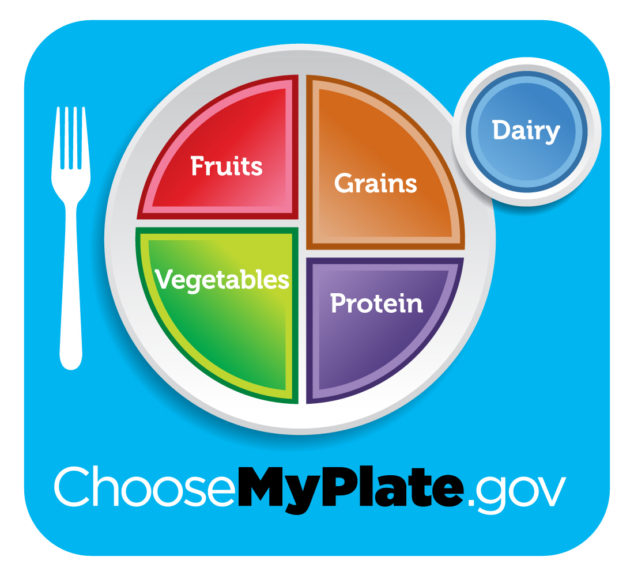By Christina Wright-Yee, registered dietitian at CHOC Children’s
Eating healthy on a budget doesn’t have to be expensive or time consuming. By following these tips, you can be on your way to a balanced diet and budget!
Plan
- Determine a food budget for your family. Use the Spend Smart, Eat Smart App to calculate your family’s weekly grocery budget to meet each family member’s nutrition needs and stay in budget!
- Plan a menu based on your family schedule for a week at a time, building the menu around foods you already have in the house. Consider planning for left-overs for another night in the week.
- Write down a list of all of your grocery items by category based on your menu. More trips to the grocery store can often lead to more impulse purchases. Grocery shop on a regular day of the week that works for you and your family, or for the deals of your preferred stores. Reading grocery flyers can help you determine what’s on sale and in season to help you create your grocery shopping list.
Shop
- Eat before you shop. Going shopping while hungry often leads to spontaneous and unhealthy purchases.
- Compare prices. Food items at eye level tend to be more expensive. Instead, look for store-brand version of the same products that tend to be more cost-effective. Look at the price per unit when comparing products to find the best value.
- Reach for the back of food items in the produce, dairy and meat sections to get the freshest foods, with expiration dates furthest away.
- Try other options in each food group:
- Fruits and vegetables:
- Buy fruits and veggies that are in season in their simplest form. Pre-cut, washed and ready-to-eat foods tend to be more expensive.
- Buy fruit canned in 100 percent fruit juice or canned vegetables with labels that mention low sodium or no salt added.
- Frozen fruits and vegetables tend to last longer and are just as good for you as fresh ones.
- Grains:
- Pick whole grain options for rice and pasta, including: whole wheat, brown rice, bulgur, buckwheat, oatmeal, whole oats and whole rye.
- Buy oatmeal in bulk instead of pre-packaged sweetened versions. You’ll get more for your dollar and enjoy more health benefits too!
- Look for breads in the clearance section. Freeze what you don’t use and pull out of the freezer as needed.
- Protein foods:
- Low cost protein options include: beans, peas and lentils. Limit pre-marinated meats as they tend to be more expensive and add more sodium (salt) to your diet.
- Buy family-size or value packs of lean meats, such as chicken or turkey, and freeze portions you can defrost as needed.
- Canned tuna and salmon stores well and are less expensive than fresh fish. Opt for a canned version in water rather than one canned in oil. Check to make sure the can is BPA-free, is not dented or discolored, and is not bulging or cracked.
- Dairy foods:
- Choose low-fat (1 percent) or fat-free (0 percent) milk and reduced fat or low-fat cheeses.
- Buy a larger container of yogurt and pre-portion the yogurt yourself, rather than buying the individual containers.
- Other tips:
- Drink water instead of sodas and juices.
- Keep most of your shopping around the outside edges of the store, as it tends to be where the freshest and healthiest options are stored.
- Fruits and vegetables:
Cook
- Keep it simple. Let kids dip their raw veggies into hummus, Greek yogurt or even light ranch instead of cooking the veggies.
- Prepare double or even triple batches of vegetable soups, stews or casseroles on days you are less busy and freeze the leftovers to pull out for a quick meal on days you are short on time.
- Cook extra meats and use it multiple ways during the week. For example, baked chicken can become shredded chicken to top a salad, put in a taco or in a casserole.
Remember, by portioning out your foods and focusing on healthy portion sizes, you’ll eat the right amount, which also saves money and your family’s health.






